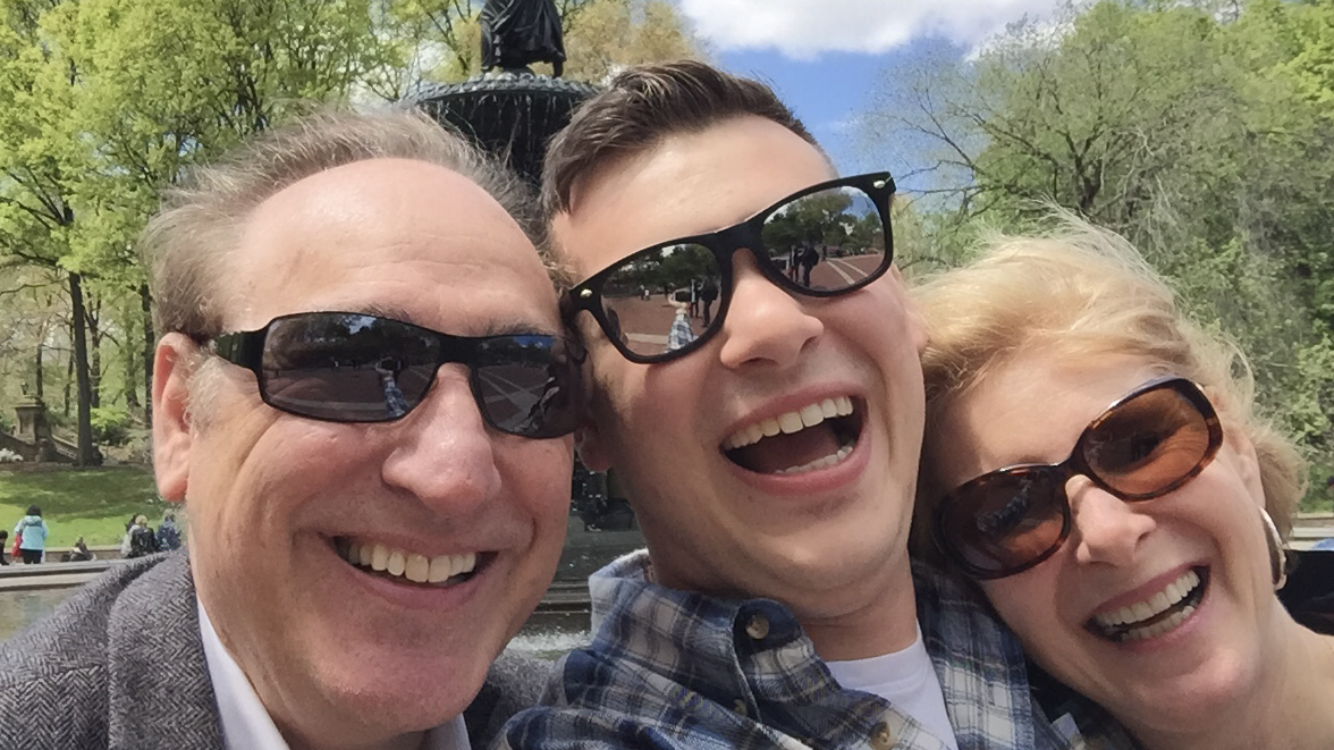Mindfulness has become a positive force in society. We usually think about it in relation to ourselves—how do I stay present-moment focused to experience a heightened appreciation of my life. But here’s an application of mindfulness that may give you even more pleasure. Have you ever considered being mindful in your relationships?
Too often most of us are mindless when it comes to listening and responding to others. I’m reading a book that’s making me think about this. It was recommended to me by my son, Theo’s girlfriend, and it’s knocking my socks off. It’s about an unnoticed communication skill that directly impacts our closeness and connection in relationships.
A Guide for Analyzing Your Attentiveness in Relationships
In The Relationship Cure: A 5 Step Guide to Strengthening Your Marriage, Family, and Friendships, marriage guru, John Gottman, talks about bids for another person’s attention. According to Gottman, “A bid can be a question, a look, a touch-any single expression that says, ‘I want to feel connected to you.’” To dive deeper, the question is, how do we respond when dear ones make a bid for our attention? Gottman suggests that we will respond in one of three ways (only one of which is positive):
1. Turn Away – Ignore another’s bid or act preoccupied. It can involve lack of eye contact, silence or looking away. (It makes me think of a friend who when I tell her a story about something happy I did, often has no response; silence. It makes me feel deflated.)
2. Turn Against –React in an insensitive argumentative way, often with sarcasm or ridicule.
3. Turn Toward –React in a responsive, positive way to another’s bids for emotional connection. It can include eye contact, asking questions, making comments in response to what was said, laughing at a joke, a head nod, a smile.
My Story
I really get this when I reflect on my changed behavior with my husband, Gus. Years back in our marriage, I was often stressed and harbored resentments toward him. If he’d crack a joke, I’d turn against him with a comment like, “That wasn’t funny,” and give him a look like he was embarrassing me. To this day when he talks about something authoritatively, I have to catch myself not to say, “How do you know that?” Many a time I’ve challenged him in front of our son, Theo or others, and I can see how I’m undermining him.
Gus used to turn away from me. If I said, “Honey I have to talk to you about something that happened at school today,” he’d be looking at the TV, instead of me. “You’re not listening to me,” I’d complain.
“I am. I’m just not looking at you.” I did not feel listened to and talked less to him.
It was only after we acknowledged our relationship had become like a desert, and both committed to putting the heart back into our relationship, that our emotional connection became mindful, attentive, and fulfilling again. (I talk about it in chapter one in my book, The Affirming Way of Life.) I can see how much better our relationship has become because I see us mostly turning toward each other in our communication.
How about you? Which bids are you primarily using with your spouse/partner? Your child? A co-worker? A friend?
Gottman says, “When people consistently turn toward one another’s bid for connection, over time, they develop stable, long-lasting relationships rich in good feelings for one another.”
Your Takeaways
Become a magnet for bids for your attention. Signs to look for: someone tells you a story, asks you for a small favor, makes a funny comment… turn toward them and respond with care and attention to the valuable people in your life.
Turn toward others with an appropriate laugh to a joke, eye contact, verbal response, action (authentically, of course.)
Observe the person’s facial, voice, and emotional response to your attention. Their comfort and delight will support you in making mindful responses a habit.
Why not become mindful of others’ bids for your attention and care, and turn toward them today!




